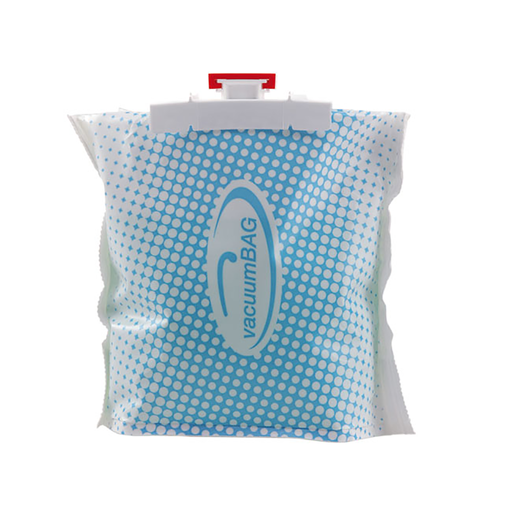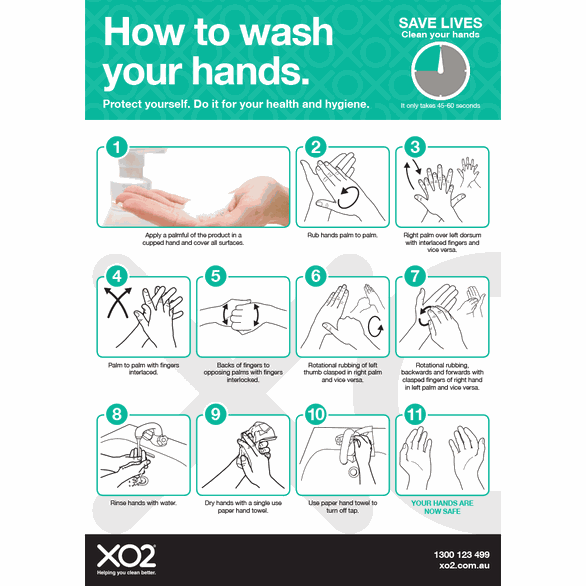Specifications for foamSOAP - Foaming Hand Soap Refill
I was soapin I'd see you.
The foamSOAP refill contains a rich and velvety smooth high-quality foaming hand soap. The foamSOAP refill exclusively fits the senseFOAM and touchFOAM hand soap dispensers.
foamSOAP is dermatologically tested and suitable for dry and sensitive skin leaving your hands clean with a luxurious after-feel due to its unique moisturising and conditioning agents. Delicately perfumed with our fresh and subtle citrus fruits fragrance, foamSOAP’s high volume foaming action means that you will see a massive reduction in usage saving you time and money!
The patented vacuumBAG ensures 95 % less waste than products of other manufacturers. This is also because our refills ensure that everything is used whilst other systems waste about 13% or more. The packaging membrane of the vacuumBAG is micro-thin and weighs only 21 grams. foamSOAP is phosphate-free, triclosan-free, eco-friendly, and biodegradable. It is one of the only products on the market with the Ecolabel certification.
The benefits
• Rich velvety smooth high-quality soap.
• High volume foaming action means less soap usage.
• Suitable for sensitive and dry skin.
• Dermatologically tested.
• EcoLabel product.
• Vacuum bag design to reduce landfill.
• Fresh subtle ‘citrus fruits’ fragrance.
• Luxurious 'after feel' on hands.
• Phosphate-free. Triclosan-free.
• Eco-friendly. Biodegradable.
Ready to use. Do not dilute.
How to wash your hands with foam soap
1. Wet your hands with warm running water.
2. Use plenty of foam hand soap to wash the dirt and germs away.
3. Rub hands together vigorously for 20-30 seconds.
4. Make sure you wash your palms, back of hands, wrists, fingers and under fingernails.
5. Rinse your hands well with warm running water.
6. Dry hands completely with a clean, fresh paper towel. Wet hands are more likely to carry germs than dirty hands so dry them well.
7. Use the paper towel to turn off the tap. This prevents reinfection of your hands.
Handy hints
• Ensure the dispenser instructions are followed when re-filling a dispenser.
• Cold water is better than nothing but hand soaps lather up and performs better with warm water. The active ingredients in most soap formulations are released more easily, making the soap even more effective for cleaning your hands of dirt, grease, oils and germs without stripping away the natural oils in your skin.
How often should I wash my hands?
Hand washing is considered to be the most important single measure in preventing the spread of disease. Hand washing is most effective for washing away germs, not necessarily killing them. While we have antibacterial liquid soap available, this type of hand soap has not been scientifically proven to be more effective in every case, so use what you like best. Remember that regular hand washing is the best way to minimise your risk of catching and spreading illnesses.
Are touch-free soap dispensers better?
Yes, here's why...
a. Better hygiene: Touch-free soap dispensers drastically reduce the chance of contamination.
b. Get the right amount: Automatic touch-free soap dispensers give you the right amount every time. More is not always better and over-usage is costly for the facility.
c. Saves time: Touch-free soap dispensers are quick and easy to use for visitors.
d. Less wastage: Save water and product. The best automatic touch-free liquid soap dispensers control usage so wastage is eliminated.
e. Less mess: Very little cleaning of the washroom is required after use.
f. Brilliant user experience: Touch-free soap dispensers encourage people to wash their hands and show that a facility cares about hygiene and the washroom experience.
When should you wash and sanitise your hands?
Getting into a habit of regular hand washing throughout your day improves hygiene and health. Here are some of those times when hand washing is especially important.
• When your hands are dirty.
• Before and after eating.
• Before preparing food.
• Before and after attending to patients.
• After handling animals.
• Before and after using gloves.
• After handling rubbish.
• After smoking.
• After going to the toilet.
• After working in the garden.
• After handling chemicals.
• After changing nappies.
• After playing outside.
• After cleaning a toilet or urinal.
• After attending to sick children or adults.
• After blowing your nose, sneezing or coughing.
• Before you attend to any cuts, wounds or rashes.
• Between handling raw and cooked (already prepared) foods.
Note: Washing and sanitising your hands is required regardless of whether you are using gloves. Disposable gloves should always be disposed of after use and never washed or reused.





